-
Endoskopische Produkte und Zubehör
- Endoskopisches Absaug-und Bewässerungs set
- Insufflation schläuche
- Veress Nadel
- Hoch durchfluss beheizte Insufflator schläuche
- Einweg-Endoskopische Ventile
-
Endoskop Kamera Ärmel
- Endoskopische Schnellwechsel-Kamera drapieren
- Hoch auflösende endoskopische Kamera drapieren
- Endoskopische Endkamera drapieren Elastomer
- Ring faltbare endoskopische Kamera drapieren
- Teleskop isch gefaltete Endoskopie-Kamera-Hülle mit Quick-Change-Ende
- Teleskop isch gefaltete Endoskopie-Kamera-Hülle mit elastischem Ende
- Arthroskopie Bewässerungs set
- Bewässerungs schläuche
- Spül system kappe
- Endoskopie-Kanal-Reinigungs bürsten
- Polypen falle
-
Atmungs-
- Nasale Sauerstoff kanüle
- Maske für die Kapnographie
- Sauerstoff maske
- Nicht rückatmende Maske
- Venturi-Maske
- Multi-Vent-Maske
- Zerstäuber maske
- Zerstäuber mit Munds tück
- Tracheotomie-Maske
- Einweg-Ezscope™Broncho Pro
- Einweg-Ventil-Mundstück
- Nasen klammer
- ABC Mundstück und Filter Kit
- Atem übungen
- Absaug katheter geschlossen
- Saug katheter
- Staubsauger ventil
- Mukus proben falle
- Mukus-Extraktor
- Mucus Extractor mit Schutzhülle
- Einweg-Aspiration srohr
- Anästhesie
-
Atemwegs management
- Oropharyngeal Airway
- Naso pharynx Airway
- Kehlkopf maske Airway
-
Tracheotomie-Rohr
- Himmlische verstellbare Tracheotomie-Röhre
- Himmlische Trachest omie röhre mit Neosuction
- Himmlische verstärkte Trachest omie röhre
- Gelassenheit Tracheotomie-Rohr
- Serenity Tracheotomie-Schlauch-Kit
- Serenity Tracheotomie-Röhrchen mit NeoSuction
- Serenity Tracheotomie-Schlauch-Kit mit Neosuction
- Grasmere durchbohrte Tracheotomie röhre
- Grasmere Fenestrierte Tracheotomie-Rohr-Kit
- Azure Nicht einstellbare Tracheotomie röhre
- S-Typ Tracheotomie-Rohr
- Pedi Tracheotomie-Rohr
- Endo tracheal tubus
- Endo tracheal tubus Einführungs
- Intubating Stylet
-
Saug chirurgie
- Flexi-klarer Yankauer-Griff
-
Yan kauer Griff
- Speed Flow Yan kauer Griff
- Einfache Spitze Yankauer
- Flansch spitze Yankauer
- Verjüngte Spitze Yankauer
- On/Off Yankauer mit Plain Tip
- Ein/Aus Yankauer mit verjüngter Spitze
- Glühbirnen-Tipp Yankauer
- Kron spitze Yankauer
- Flexibler Poole-Saug griff
- CH30 Yan kauer Griff & CH35 Saug verbindungs rohr
- Zweiteilige einfache Spitze Yankauer
- Enten schnabel tipp Yankauer
- Poole Saug griff
- HNO-Saugrohr
- Saug-Sonde
- Ortho pä dische/ortho pä dische Yankauer
- Aspira tor chirurgische Spitze
- Saug verbindungs rohr
- Saug kanister Weiche Liner
- Starre Saug kanister
- Saug kanister mit Filters atz
- Wieder verwendbare äußere Kanister
- Vakuum-Wund entwässerung system
- Hämorrhoiden-Banding-Ligator
- Steck verbinder
- Vakuum-Steuerungs adapter
- Herz-Thorax-Chirurgie
- Laparaskop ische Produkte und Zubehör
- Gynäkologie
-
Urologie
- CathVantage™Tragbarer hydrophiler inter mit tieren der Katheter
-
Cysto/Blase Bewässerungs set
- M-easy Blasenbewässerungs-Set
- B-cylinde Blase Bewässerungs set
- S-tur Blasen bewässerungs set
- S-uni Blasen bewässerungs set
- B-uro Blase Bewässerungs set
- Premi Blasenbewässerungs-Set
- J-Pumpe Blase Bewässerungs set
- J-tur Blase Bewässerungs set
- H-Pumpe Blase Bewässerungs set
- Sup-Flow-Blase Bewässerungs set
- Ahorn Bewässerungs set
- Pfingstrosen-Bewässerungs-Set
- Nelaton-Katheter
- Harn drainage beutel
- Bein beutel für Harn drainage
- Einlauf-Kits
- Sitz Bad Kits
- Klicken Sie auf Siegel Proben behälter
- Silikon-männlicher Katheter
- Zapfen katheter und Adapter
- Drei-Wege-Stopp-Hahn
- Sandelholz-Bewässerungs-Set
- Freesia Bewässerungs-Set
- Narzissen bewässerungs set
-
Allgemeine Chirurgie
- Perfusion Zerstäuber System
- Magen-Sumpf rohr
- Hämostatischer Pulver applikator
- Magnetisches Drapieren
- Chirurgische Hand Wegfahr sperre
- Verab reich ungsset für Blut
- Zahn bewässerungs set
- Ohr-/Geschwür spritze
- Bewässerungs spritze der Glühbirne
- Toomey Bewässerungs spritze
- Zahn bewässerungs spritze
- Dekantierung gerät
- Misch kanüle
- Schleimhaut-Atomis ierungs gerät
- Basin Liner/Becken drapieren
- Kamera griff abdeckung
- Leichte Griff abdeckung
- Medizinische Bürste
- Schwamms tick
- Naht-Retriever
- Nadel zähler
- Einweg-Kalibrierung röhrchen
- Druck-Infuser
- Heparin kappe
- Schutzkappe
- 100ML Glühbirne Bewässerungs spritze
- Sklerale Markierung
- Chirurgischer Licht griff
- Enter ale Ernährung
- Langlebige medizinische Ausrüstung
- Persönliche Schutz ausrüstung
- COVID-19 Produkte
- PVC-FREE medizinisches Gerät
- Abteilung E.N.T
- Temperatur management lösungen
- Betrieb
- Patienten-Handling-System
- Notfall
-
-
 KRANKENHAUS 2024Apr 28 , 2024
KRANKENHAUS 2024Apr 28 , 2024 -
-
-
Yan kauer Griff
Yan kauer Griffe, die an das Saug verbindungs rohr anges ch lossen sind, werden zum Absaugen von oropharyngealen Sekreten verwendet, um eine Aspiration zu verhindern. Zusätzlich kann ein Yankauer verwendet werden, um operative Stellen während chirurgischer Eingriffe zu räumen, und sein abgesaugtes Volumen kann als Blutverlust während der Operation gezählt werden.
Neues Produkt: CH30 Yan kauer Griff & CH35 Verbindungs rohr.
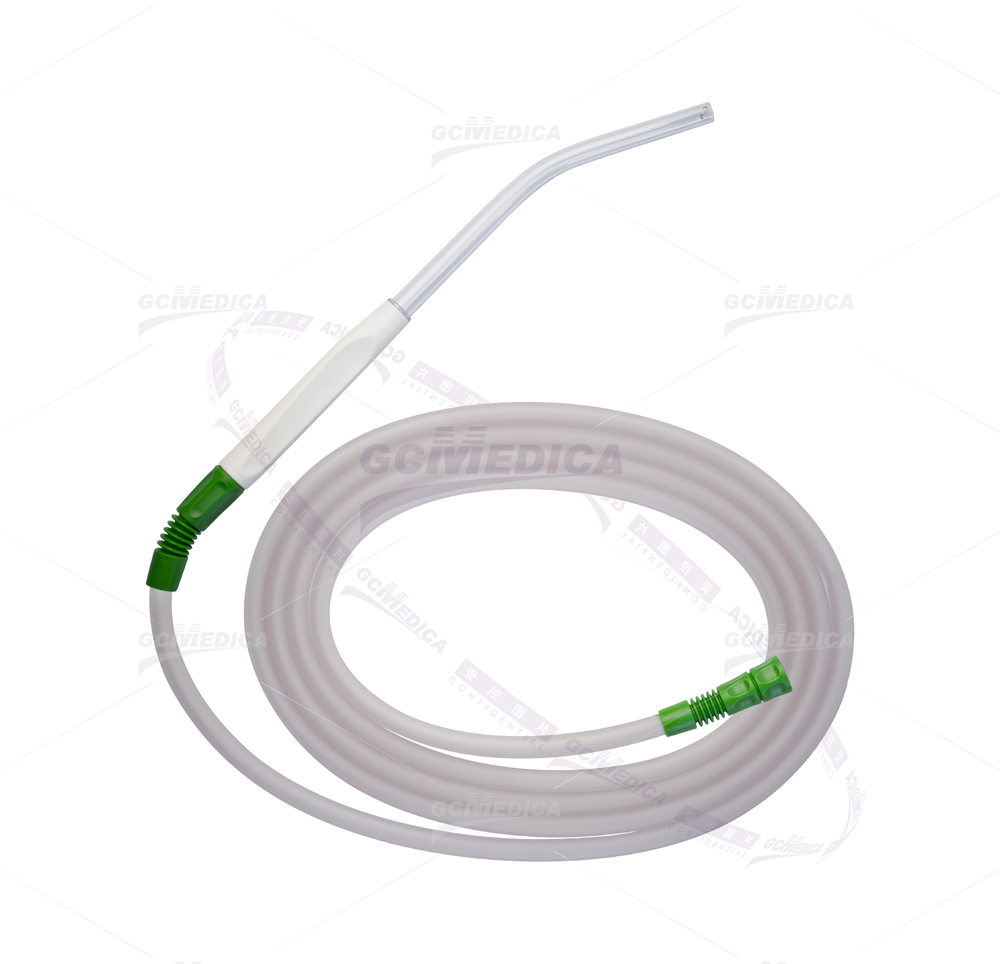
Der CH30 Yan kauer Griff & CH35 Verbindungs rohr istGroße Saug vorrichtungenAus PVC hergestellt. Sie verfügen über ein 11,7mm OD, eine Länge von 3,5 m und ein zweiteiliges Yankauer-Design mit einer perforierten flachen Spitze. Zu den Optionen gehören mit oder ohne Steuerventil, um unterschied liche chirurgische Anforderungen zu erfüllen.
Anpassbare Längen basierend auf spezifischen Kunden bedürfnissen.
Leichtbau reduziert die Ermüdung der Hände bei langen Operationen.
Art des Yan kauer Griffen
GCMEDICA bietet über 90 Arten von Yankauer-Tipps, um sicher zustellen, dass Sie den spezifischen Typ finden, den Sie benötigen.
Applications in Medical Procedures
The Yankauer Handle, a staple in medical facilities worldwide, has evolved to become a versatile tool in various medical interventions. Its design, featuring a firm yet maneuverable suction tip, enables healthcare professionals to perform with precision and efficiency.
1. Oral Suctioning
Originally designed for oral suction, the Yankauer Handle remains a primary tool in this domain. It is used extensively in dental procedures, airway management during surgeries, and emergency settings. Its ability to effectively clear the oral cavity of saliva, blood, or other obstructions makes it vital in maintaining a clear airway, thereby preventing aspiration and ensuring patient safety.
2. Surgical Applications
In surgical settings, the Yankauer Handle is indispensable. Surgeons rely on it for clear visibility, using it to remove blood and other fluids from the operative field. This not only provides a better view of the surgical area but also reduces the risk of postoperative infections.
3. Wound Cleaning and Care
Beyond surgeries, the Yankauer Handle finds its use in general wound care. It aids in gentle yet effective cleaning of wounds, removing debris and exudate, which is crucial in preventing infection and promoting faster healing.
4. Gastroenterology
In gastroenterological procedures, such as endoscopies, the Yankauer Handle helps in maintaining a clear field by removing excess fluids, ensuring that the procedures are carried out smoothly and efficiently.
5. Emergency Situations
In emergency medicine, the Yankauer Handle is a lifesaver. Its use in quickly clearing airways in cases of trauma or respiratory distress is critical. Its robust design allows for rapid, effective suctioning, which can be crucial in life-saving situations.
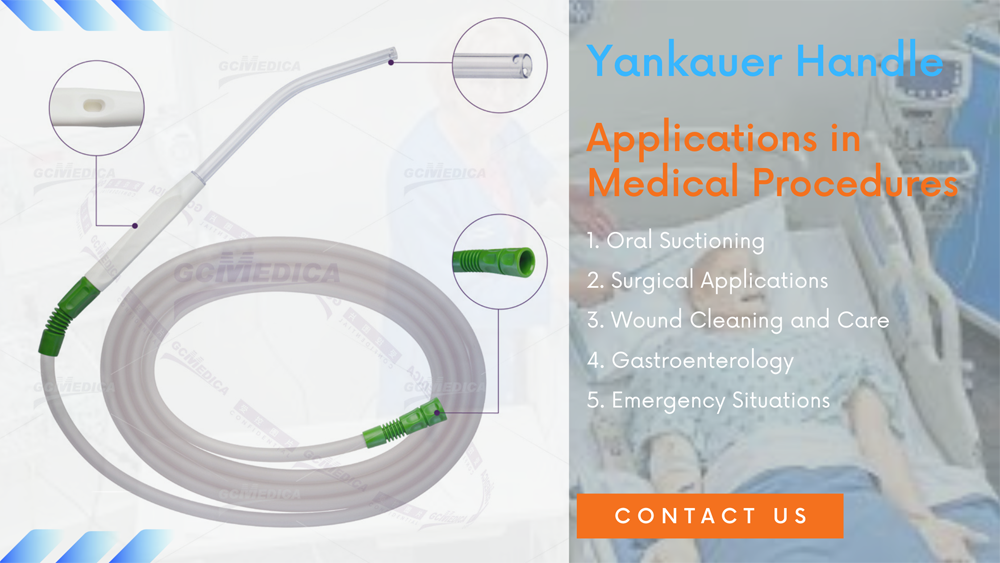
Maintenance and Sterilization of the Yankauer Handle
Maintaining the Yankauer Handle is crucial for its longevity and effectiveness. Proper care ensures patient safety and preserves the integrity of this vital tool. Here are key guidelines:
1. Cleaning Procedures
After each use, the Yankauer Handle must be thoroughly cleaned. This involves rinsing it under running water to remove debris and bodily fluids. Using mild detergents can help in effectively cleaning the surface without damaging the material.
2. Sterilization Techniques
Sterilization is crucial for infection control. The Yankauer Handle can be sterilized using various methods such as autoclaving, ethylene oxide, or hydrogen peroxide plasma. Each method has its advantages and is chosen based on the facility's capabilities and the handle's material composition.
3. Regular Inspections
Regular inspections are essential to ensure the handle's functionality. Checking for cracks, wear, or damage is crucial, as these can compromise its effectiveness and safety. Any damaged handles should be replaced immediately.
4. Storage Practices
Proper storage is as important as cleaning. The Yankauer Handle should be stored in a dry, clean environment to prevent contamination. Many facilities use sealed containers or designated storage areas to ensure the handle remains sterile until its next use.
5. Training and Awareness
Finally, training medical staff on the proper care and handling of the Yankauer Handle is vital. Awareness about its maintenance ensures that all staff members follow the protocols, maintaining a high standard of patient care and safety.
Frequently Asked Questions (FAQs) for Yankauer Handle
Q1: How do you use a Yankauer Handle?
A1: Using a Yankauer Handle involves a few key steps. Firstly, it must be connected to a suction source. Once connected, the healthcare professional can activate the suction. The tip of the Yankauer is carefully inserted into the area where suction is needed, such as the mouth or surgical site. The user must gently maneuver the handle, ensuring that the tip does not harm the surrounding tissue. It's often used to remove fluids or debris, ensuring a clear field of view or a clear airway. The procedure requires skill and precision to avoid causing any injury or discomfort.
Q2: What is a suction handle used for?
A2: A suction handle, like the Yankauer, is used primarily to remove liquids and debris from a patient's body during medical procedures. In surgical contexts, it keeps the field clear by aspirating blood, saline, and other fluids. In dental or oral procedures, it helps maintain a clear airway by removing saliva, blood, or vomit. In emergency medical situations, it can be a critical tool for preventing aspiration and maintaining clear airways. Its design allows for targeted suction, making it an invaluable tool in various medical scenarios.
Q3: How is the Yankauer Handle sterilized?
A3: Sterilization can be achieved through various methods such as autoclaving, ethylene oxide, or hydrogen peroxide plasma. The method chosen depends on the handle's material and the available resources of the medical facility.
Q4: What materials are used to make Yankauer Handles?
A4: Yankauer Handles are typically made from durable materials like stainless steel or plastic. The choice of material depends on the intended use and the need for sterilization compatibility.
Q5: How do you pronounce Yankauer?
A5: The name "Yankauer" is pronounced as "Yang-kow-er." The emphasis is on the first syllable, 'Yang', which rhymes with 'bang.' The second part, 'kow', is pronounced like the word 'cow', and the last syllable, 'er', sounds like the 'er' in 'her' or 'sir.' This pronunciation is widely accepted in medical communities globally and is named after the inventor, Sidney Yankauer, who was an American otolaryngologist.
Customer Reviews for GCmedica Yankauer Handle
1.Nadia Boucher
★ ★ ★ ★ ★"As a surgical nurse, the Yankauer Handle is a tool I rely on daily. Its effectiveness in maintaining a clear surgical site is unparalleled. Plus, its ease of sterilization makes it a hygienic and safe choice for patient care."


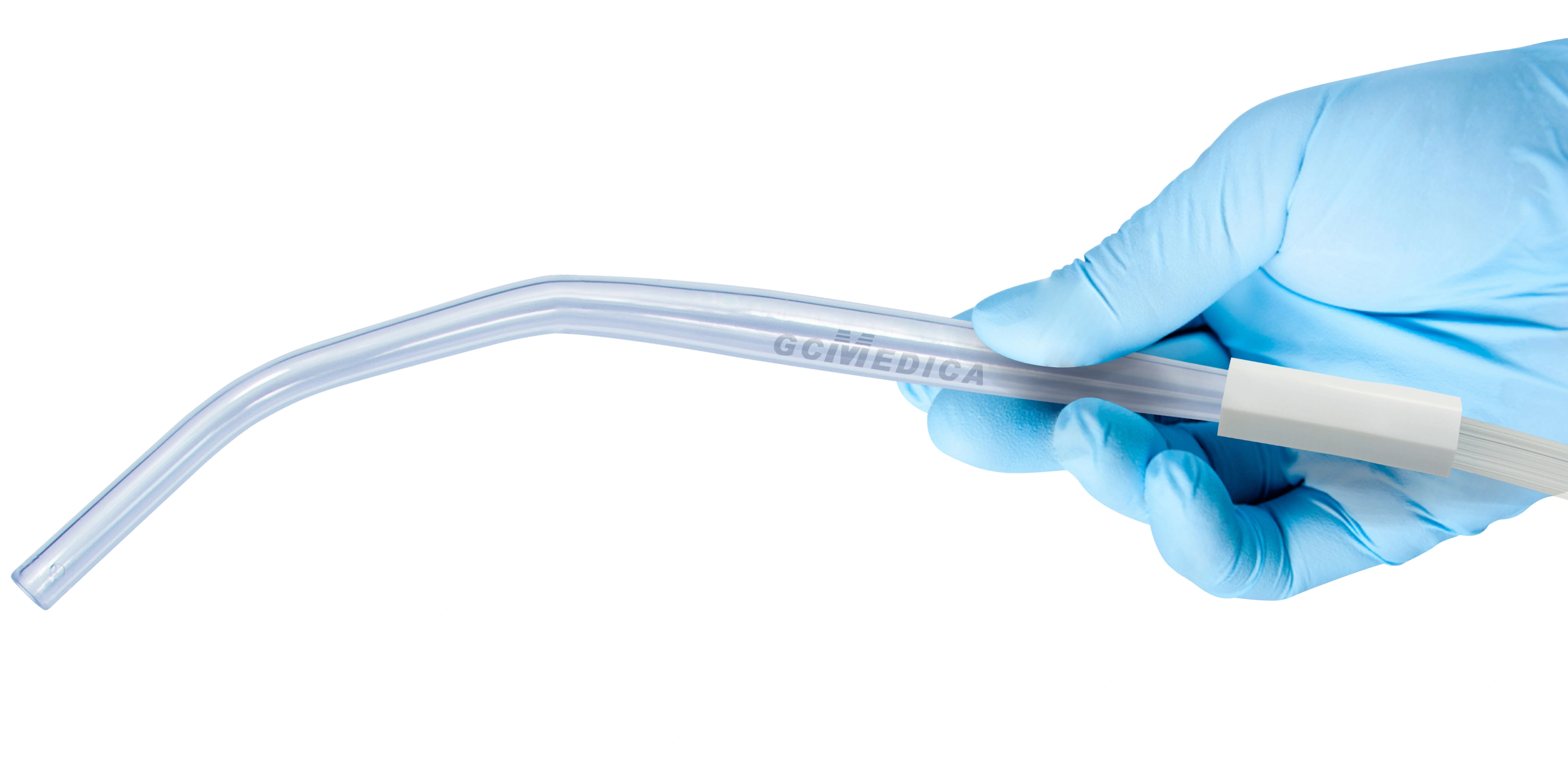

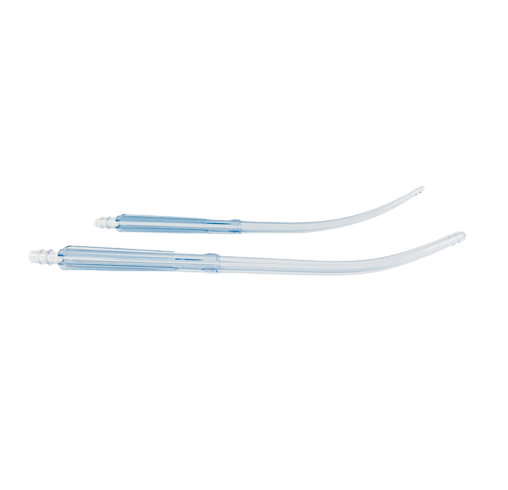
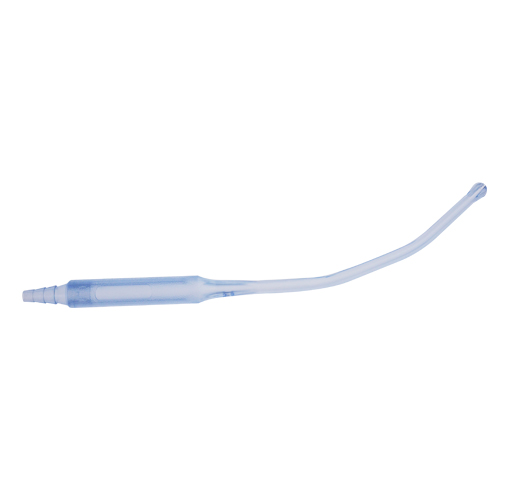
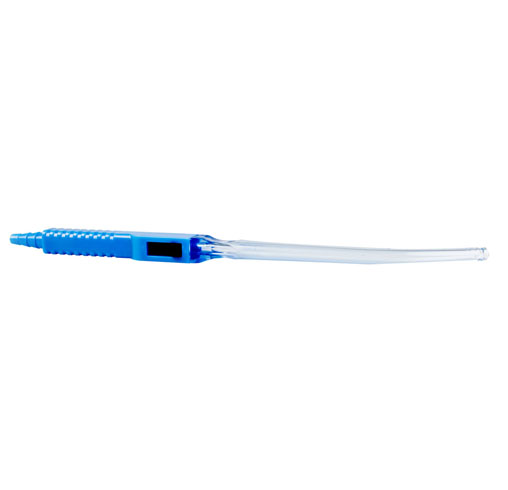
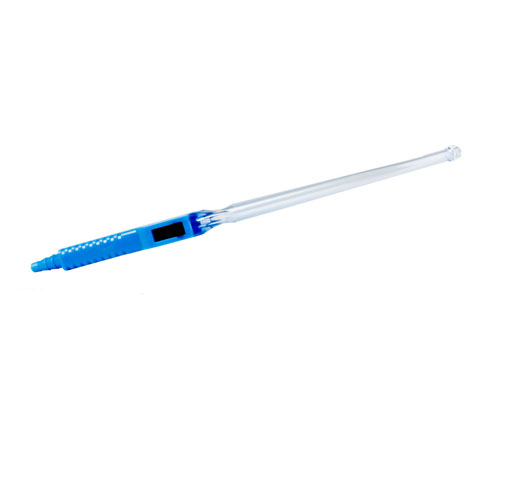
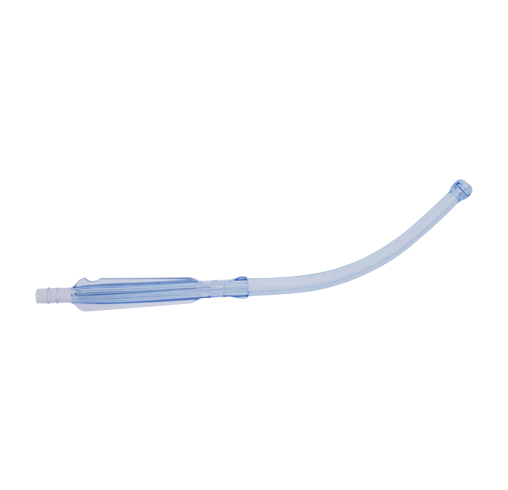
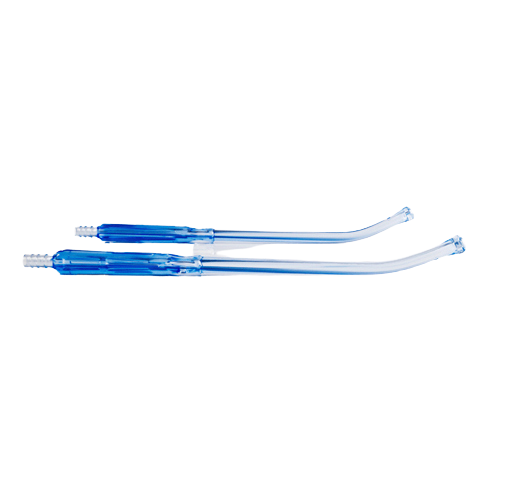
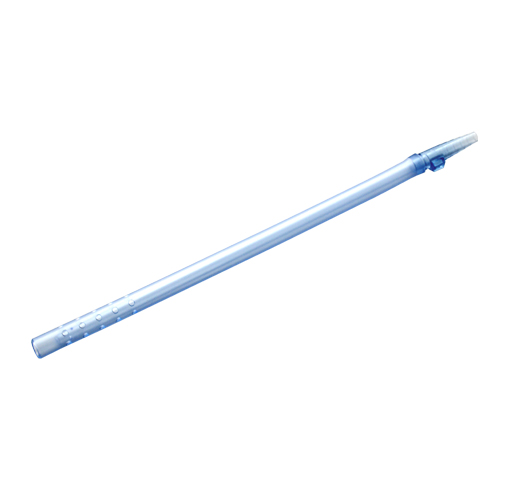
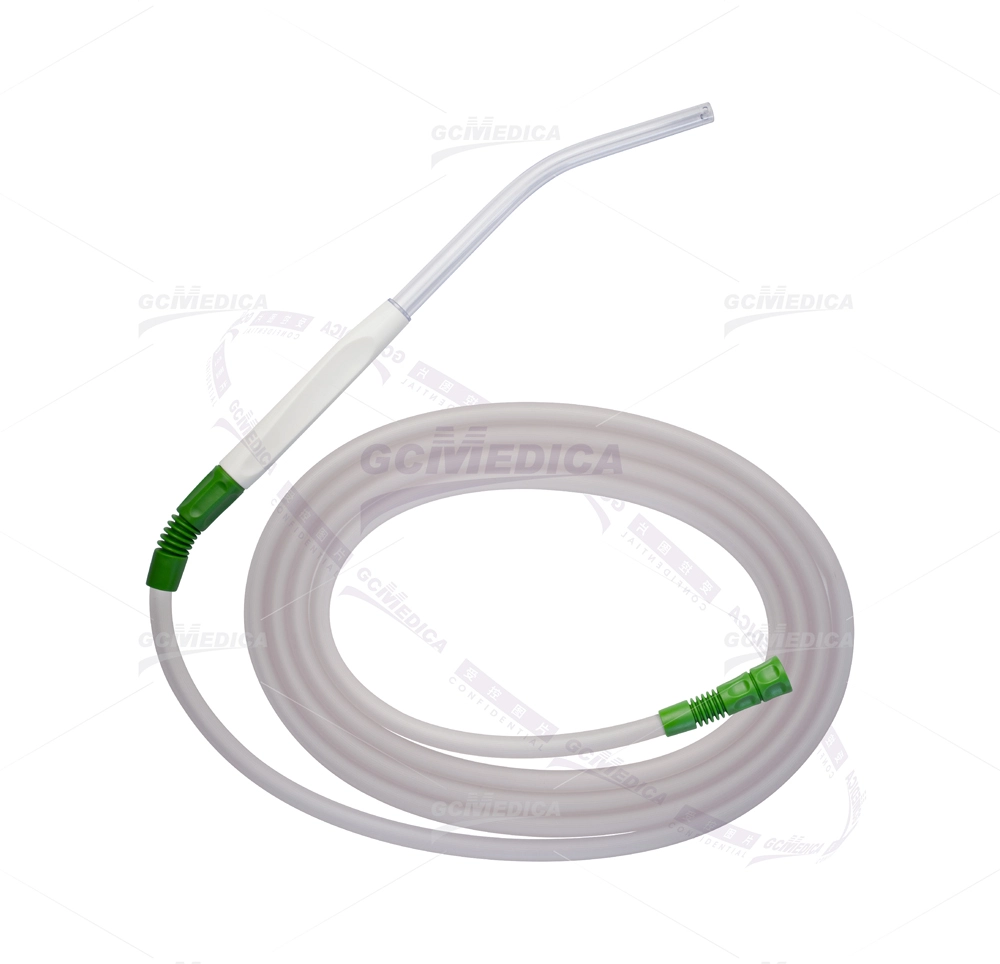
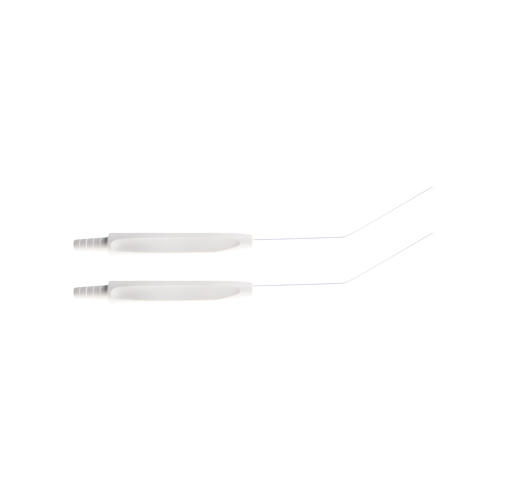
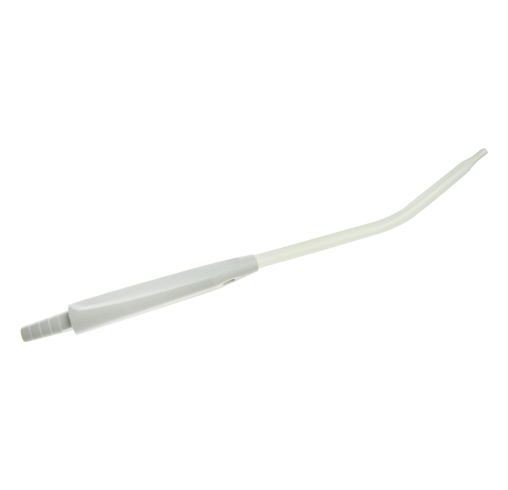
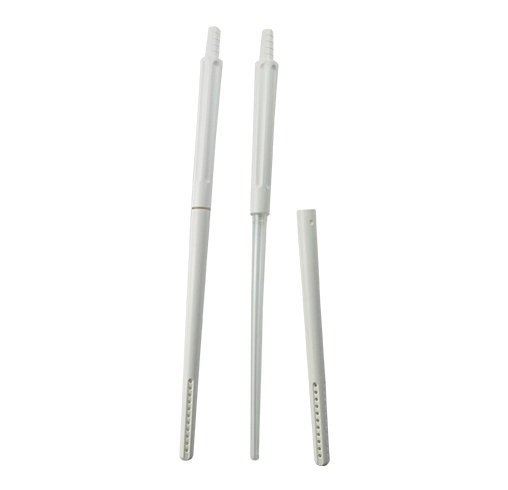

 +
+
 +
+
 +
+